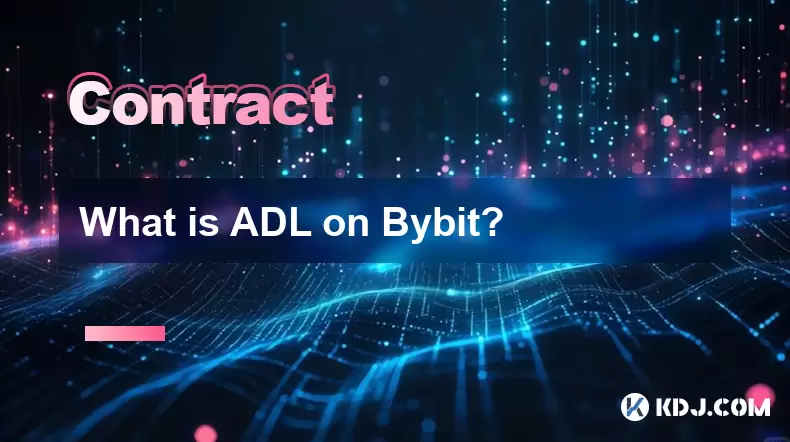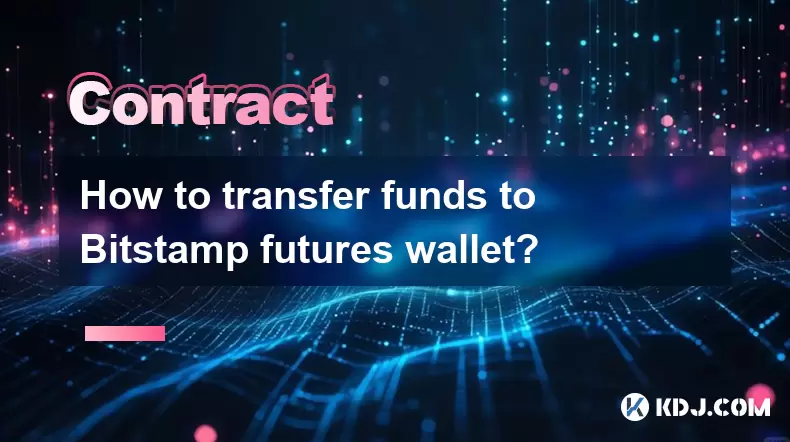-
 Bitcoin
Bitcoin $118900
1.66% -
 Ethereum
Ethereum $3735
1.35% -
 XRP
XRP $3.506
0.71% -
 Tether USDt
Tether USDt $1.000
-0.01% -
 BNB
BNB $799.4
5.78% -
 Solana
Solana $202.0
1.87% -
 USDC
USDC $0.9999
0.00% -
 Dogecoin
Dogecoin $0.2661
1.89% -
 Cardano
Cardano $0.8877
1.59% -
 TRON
TRON $0.3173
2.45% -
 Hyperliquid
Hyperliquid $45.00
2.59% -
 Stellar
Stellar $0.4723
3.40% -
 Sui
Sui $3.970
1.32% -
 Chainlink
Chainlink $19.67
1.94% -
 Hedera
Hedera $0.2710
1.99% -
 Avalanche
Avalanche $25.74
-0.01% -
 Bitcoin Cash
Bitcoin Cash $528.1
1.98% -
 Litecoin
Litecoin $120.1
3.57% -
 Shiba Inu
Shiba Inu $0.00001525
1.26% -
 UNUS SED LEO
UNUS SED LEO $8.989
-0.01% -
 Toncoin
Toncoin $3.304
1.74% -
 Polkadot
Polkadot $4.531
3.38% -
 Uniswap
Uniswap $10.74
2.51% -
 Ethena USDe
Ethena USDe $1.001
0.00% -
 Monero
Monero $325.5
2.44% -
 Pepe
Pepe $0.00001413
1.31% -
 Bitget Token
Bitget Token $4.860
0.85% -
 Dai
Dai $0.9999
0.01% -
 Aave
Aave $307.3
-2.07% -
 Bittensor
Bittensor $448.8
2.91%
What is ADL on Bybit?
ADL on Bybit automatically closes profitable traders' positions to manage risk during extreme volatility, prioritizing those with high leverage and unrealized gains.
Jul 23, 2025 at 07:56 am

Understanding ADL on Bybit
ADL stands for Auto-Deleveraging, a mechanism used by Bybit to manage extreme market volatility and prevent systemic risk when a leveraged trader’s position is liquidated. Unlike traditional exchanges that rely on insurance funds or socialized losses, Bybit employs ADL to match losing positions with profitable ones automatically. This ensures that the platform remains solvent without impacting other users' funds unfairly. When a trader’s position is liquidated and there isn’t enough liquidity in the order book or insurance fund to cover the loss, the system triggers ADL to close offsetting positions held by profitable traders—those with high leverage and significant unrealized gains.
How ADL Works in Practice
When ADL is activated, the system selects counterparty positions based on a Ranking System. This ranking is determined by two key metrics: the Profit Rate and the Leverage Used. Traders with higher profit rates and higher leverage are more likely to be selected first. For example, if a long position is being deleveraged, the system will look for short positions that are currently in profit and have high leverage. The ADL Level indicator on Bybit’s interface shows how close the system is to triggering this process—Level 1 means minimal risk, while Level 5 means high risk of being selected.
- Check your ADL Level in the Positions tab on Bybit
- Monitor your position’s leverage and unrealized P&L
- Understand that if you’re ranked high, your position may be closed partially or fully without manual intervention
This process happens instantly and without prior notice, which is why traders must stay vigilant during volatile markets.
Differences Between ADL and Insurance Fund
Bybit uses both an Insurance Fund and ADL, but they serve different purposes. The Insurance Fund acts as the first line of defense—it absorbs losses from liquidated positions when the market price is better than the bankruptcy price. If the Insurance Fund is insufficient or the market moves too fast (like in a flash crash), ADL kicks in as a secondary safeguard. The key difference is that the Insurance Fund protects all users collectively, while ADL directly impacts specific traders who are ranked highest based on profitability and leverage.
- Insurance Fund: Covers losses silently, no impact on individual traders
- ADL: Directly closes profitable positions to offset losses from liquidations
- Both mechanisms exist to prevent auto-deleveraging from affecting every user equally
This dual-layer system ensures fairness and stability, especially in high-leverage environments.
How to Avoid Being ADL’d on Bybit
To reduce the chance of being affected by ADL, traders should focus on lowering their ADL ranking. Since the system prioritizes positions with high leverage and high unrealized profit, adjusting these two factors can help. Use lower leverage—preferably under 10x—and avoid holding large unrealized gains for extended periods. Also, monitor the ADL Level indicator on your dashboard. If it reaches Level 4 or 5, consider reducing your position size or closing it manually before the system does it for you.
- Reduce leverage to below 10x to lower your ADL rank
- Close profitable positions proactively during high ADL levels
- Avoid holding large unrealized gains for long durations
These steps don’t eliminate ADL risk entirely but significantly reduce exposure during volatile market conditions.
What Happens When Your Position Is ADL’d
If your position is selected for ADL, it will be closed at the bankruptcy price of the liquidated counterparty—not the current market price. This means you might receive less favorable execution than expected. For example, if a long position is liquidated at $50,000 and your short position is ADL’d, your trade closes at $50,000 regardless of whether the market is at $49,500 or $50,500. The system does not allow partial reversals or appeals—you must accept the closure as final. Bybit provides a notification in the order history labeled “ADL” so you can track when this occurs.
- Position closes at the counterparty’s bankruptcy price
- No manual override or reversal possible
- Notification appears in order history under “ADL”
This transparency helps traders understand why their position was closed unexpectedly.
Frequently Asked Questions
Q: Can I opt out of ADL on Bybit?
No, ADL is an automatic risk management feature that applies to all users trading perpetual contracts. Opting out is not possible because it’s integral to maintaining platform stability during extreme market conditions.
Q: Does ADL affect spot trading on Bybit?
No, ADL only applies to perpetual futures contracts where leverage is used. Spot trading does not involve leverage or liquidation, so ADL is irrelevant in that context.
Q: How often does ADL occur on Bybit?
ADL frequency depends on market volatility. During major price swings—such as Bitcoin dropping 10% in minutes—ADL events may happen multiple times in a single day. In calm markets, ADL rarely triggers.
Q: Is ADL the same as forced liquidation?
No. Forced liquidation happens when your position hits its liquidation price due to losses. ADL happens when another trader’s liquidation cannot be covered by the insurance fund, so your profitable position gets closed to balance the system.
Disclaimer:info@kdj.com
The information provided is not trading advice. kdj.com does not assume any responsibility for any investments made based on the information provided in this article. Cryptocurrencies are highly volatile and it is highly recommended that you invest with caution after thorough research!
If you believe that the content used on this website infringes your copyright, please contact us immediately (info@kdj.com) and we will delete it promptly.
- Binance, Leverage, and Perpetual Contracts: A Trader's Deep Dive
- 2025-07-23 16:50:12
- Cardano, Hoskinson, and the ADA Rally: What's Driving the Surge?
- 2025-07-23 17:30:13
- Bitcoin Profit-Taking, Whale Behavior, and Technical Analysis: A July 2025 Snapshot
- 2025-07-23 17:30:13
- Tom Lee's Bold Bitcoin Prediction: $250K by '25 or $3M Long Term?
- 2025-07-23 16:30:12
- VeChain (VET) Price Prediction: Bullish Breakout or Short-Term Skepticism?
- 2025-07-23 16:50:12
- Jackbit Casino: Your Ticket to Crypto Bonuses and Free Spins in 2025
- 2025-07-23 16:30:12
Related knowledge

Why is my Bitstamp futures position being liquidated?
Jul 23,2025 at 11:08am
Understanding Futures Liquidation on BitstampFutures trading on Bitstamp involves borrowing funds to open leveraged positions, which amplifies both po...

Does Bitstamp offer inverse contracts?
Jul 23,2025 at 01:28pm
Understanding Inverse Contracts in Cryptocurrency TradingIn the realm of cryptocurrency derivatives, inverse contracts are a specific type of futures ...

How to find your Bitstamp futures trade history?
Jul 23,2025 at 08:07am
Understanding Bitstamp and Futures Trading AvailabilityAs of the current state of Bitstamp’s service offerings, it is critical to clarify that Bitstam...

Can I use a trailing stop on Bitstamp futures?
Jul 23,2025 at 01:42pm
Understanding Trailing Stops in Cryptocurrency TradingA trailing stop is a dynamic type of stop-loss order that adjusts automatically as the price of ...

How to trade ETH perpetuals on Bitstamp?
Jul 23,2025 at 03:28am
Understanding ETH Perpetual ContractsETH perpetual contracts are derivative products that allow traders to speculate on the price of Ethereum without ...

How to transfer funds to Bitstamp futures wallet?
Jul 23,2025 at 04:14pm
Understanding Bitstamp Futures WalletBefore initiating any transfer, it’s crucial to understand that Bitstamp separates your Spot Wallet from your Fut...

Why is my Bitstamp futures position being liquidated?
Jul 23,2025 at 11:08am
Understanding Futures Liquidation on BitstampFutures trading on Bitstamp involves borrowing funds to open leveraged positions, which amplifies both po...

Does Bitstamp offer inverse contracts?
Jul 23,2025 at 01:28pm
Understanding Inverse Contracts in Cryptocurrency TradingIn the realm of cryptocurrency derivatives, inverse contracts are a specific type of futures ...

How to find your Bitstamp futures trade history?
Jul 23,2025 at 08:07am
Understanding Bitstamp and Futures Trading AvailabilityAs of the current state of Bitstamp’s service offerings, it is critical to clarify that Bitstam...

Can I use a trailing stop on Bitstamp futures?
Jul 23,2025 at 01:42pm
Understanding Trailing Stops in Cryptocurrency TradingA trailing stop is a dynamic type of stop-loss order that adjusts automatically as the price of ...

How to trade ETH perpetuals on Bitstamp?
Jul 23,2025 at 03:28am
Understanding ETH Perpetual ContractsETH perpetual contracts are derivative products that allow traders to speculate on the price of Ethereum without ...

How to transfer funds to Bitstamp futures wallet?
Jul 23,2025 at 04:14pm
Understanding Bitstamp Futures WalletBefore initiating any transfer, it’s crucial to understand that Bitstamp separates your Spot Wallet from your Fut...
See all articles

























































































